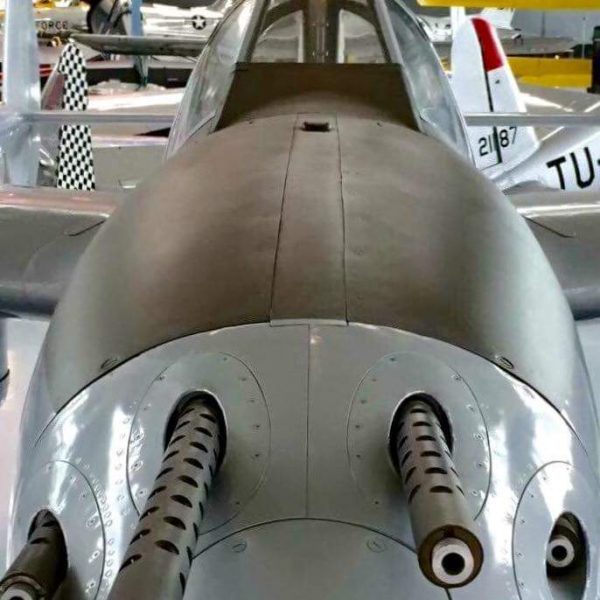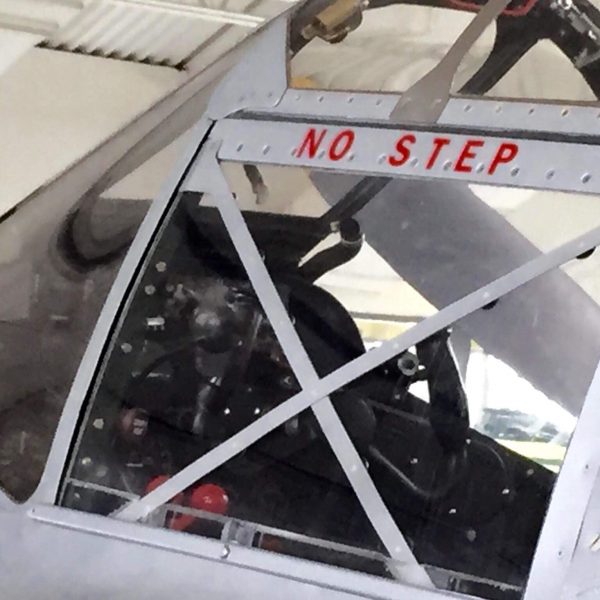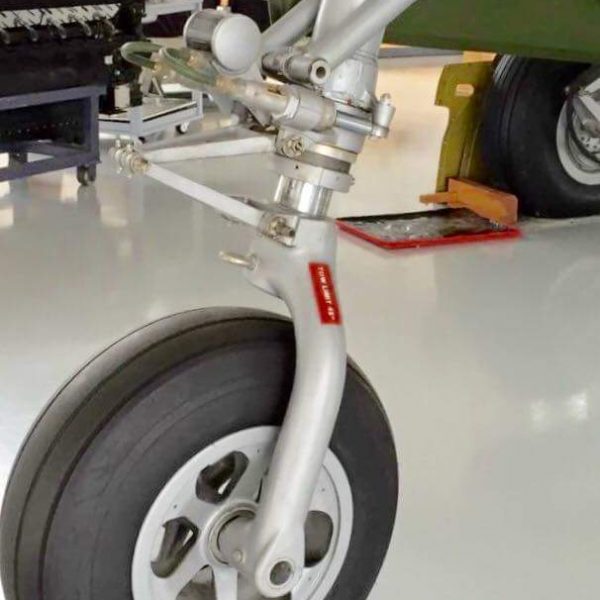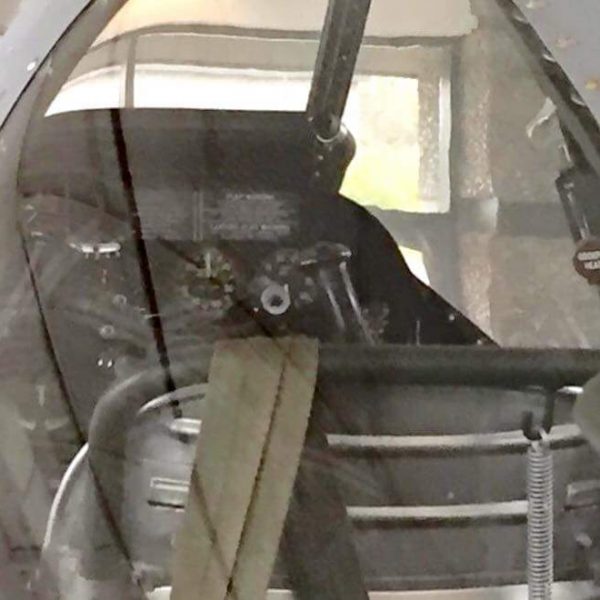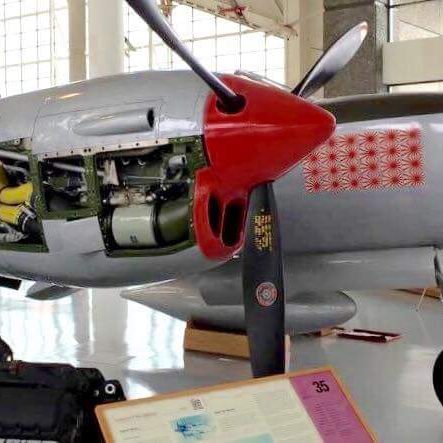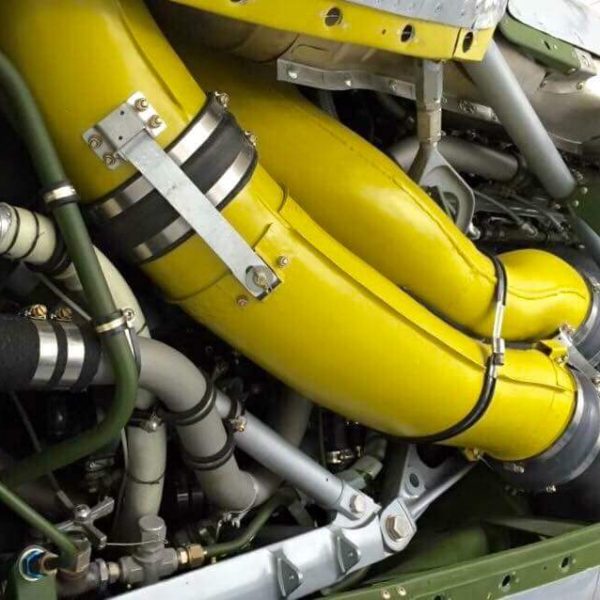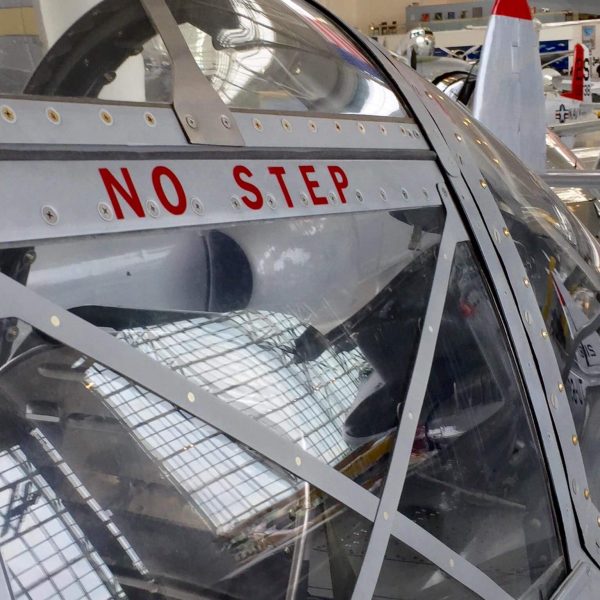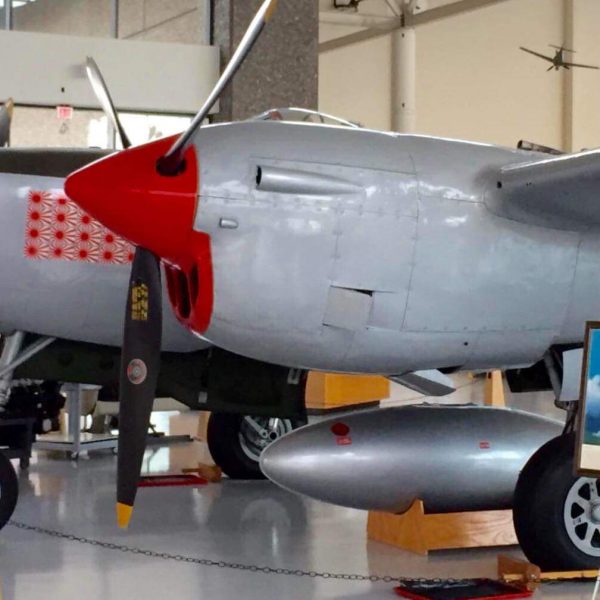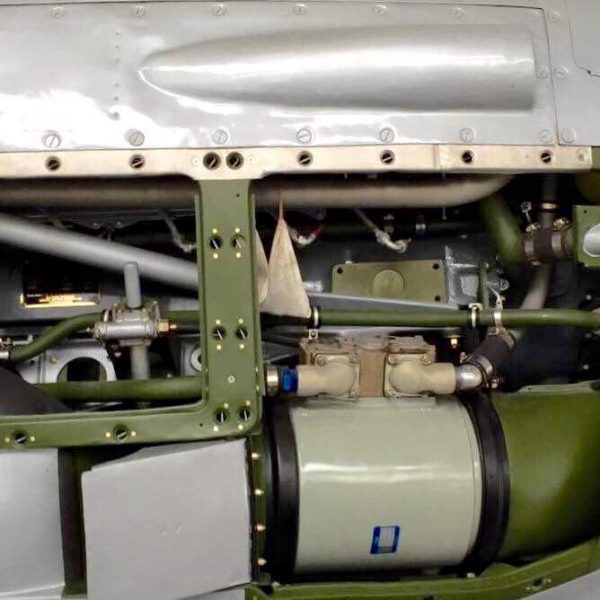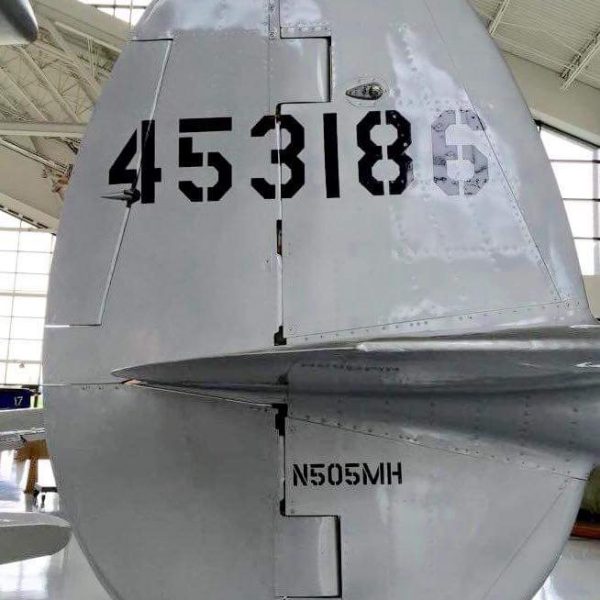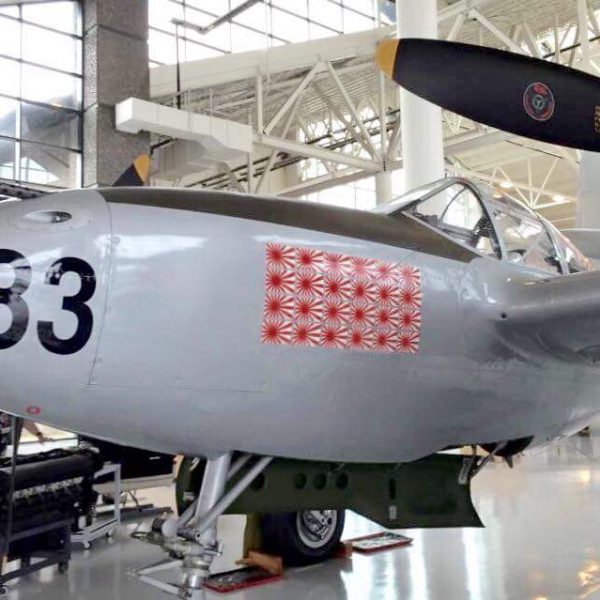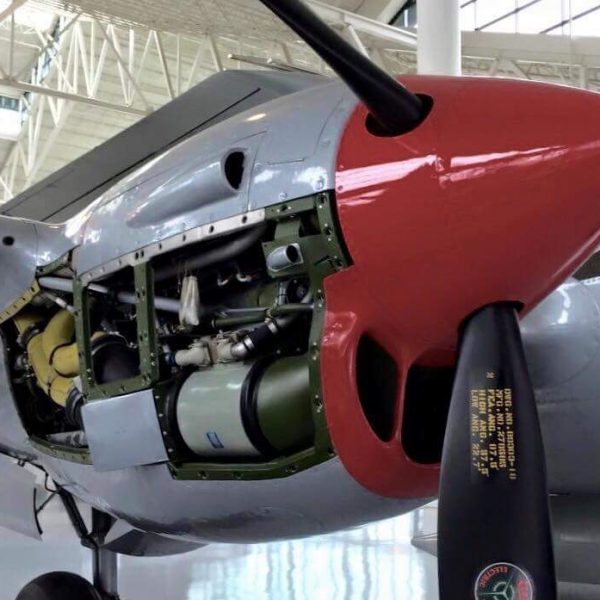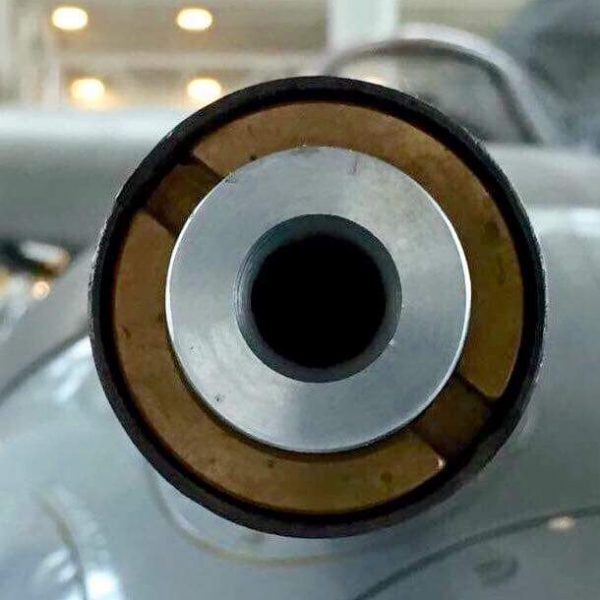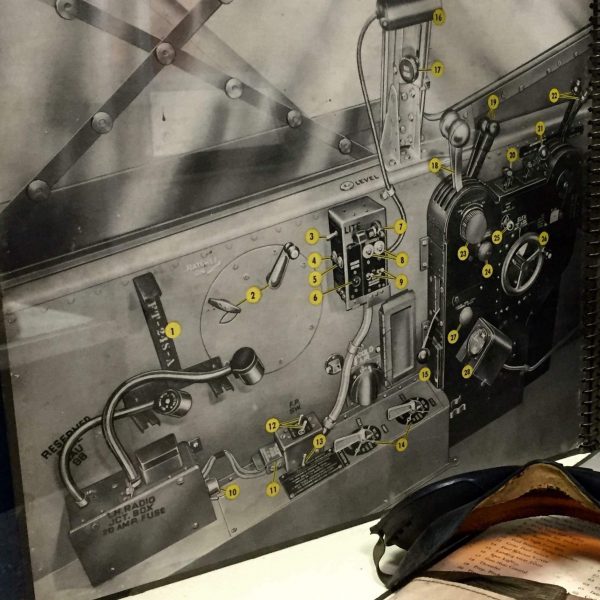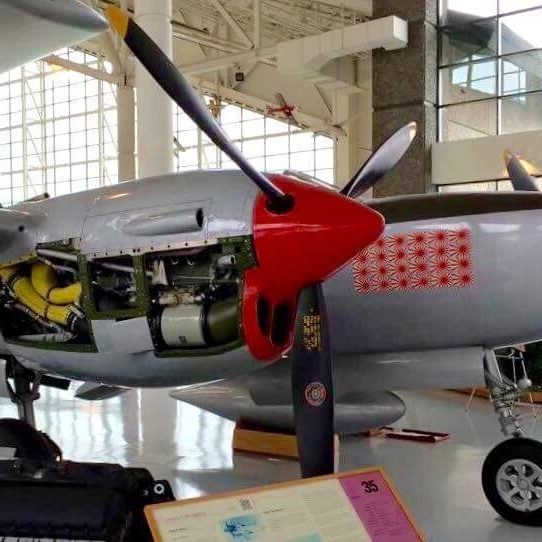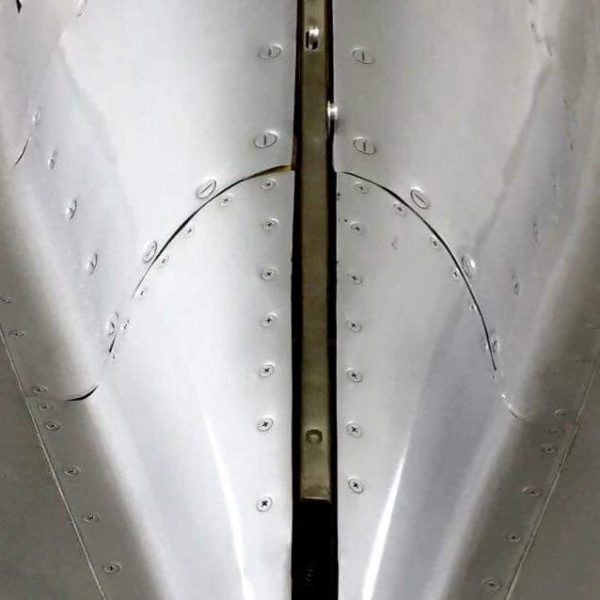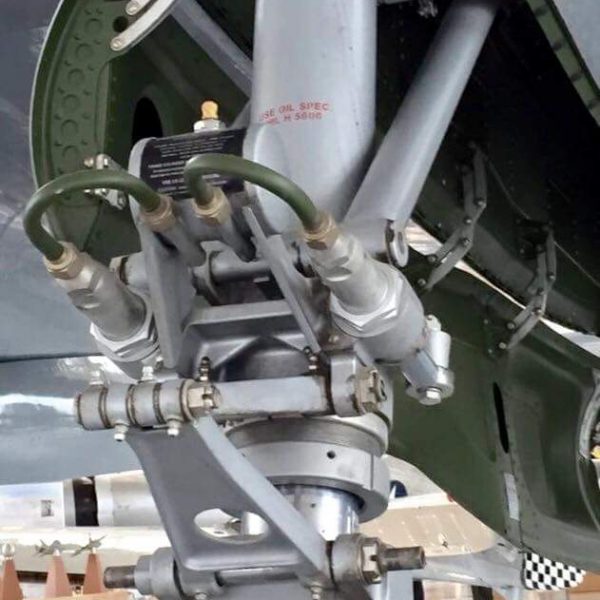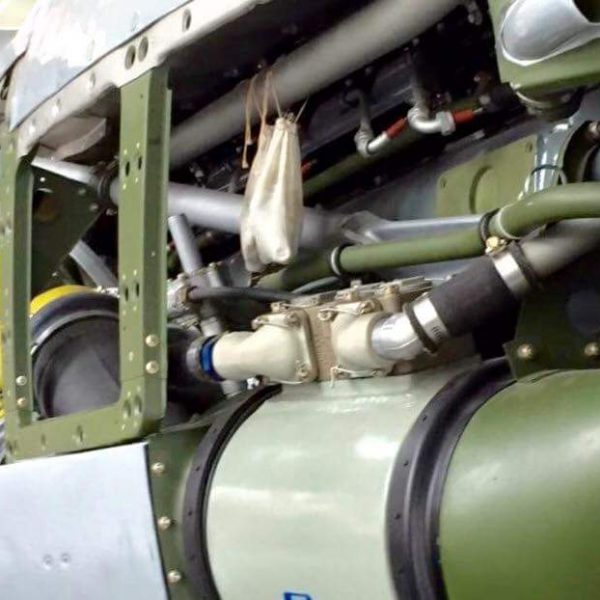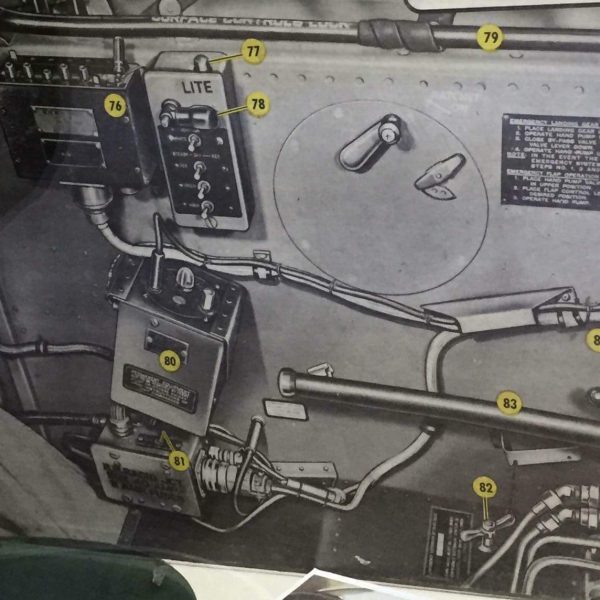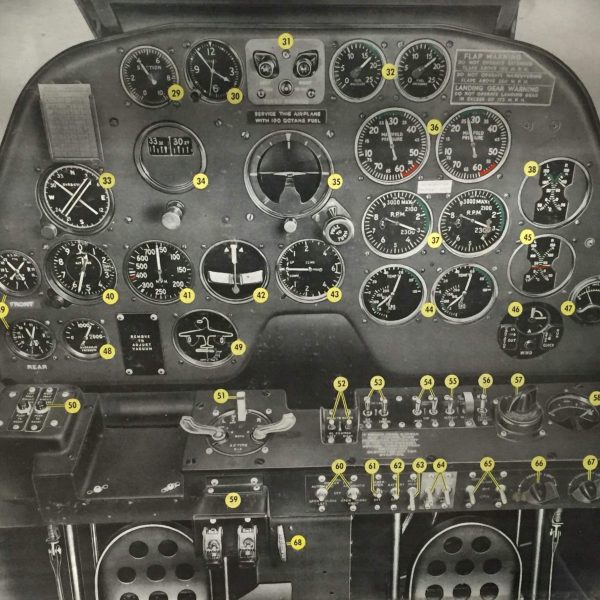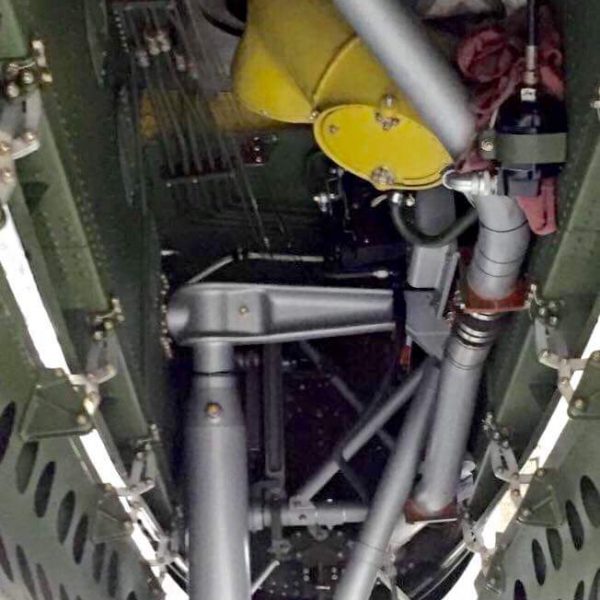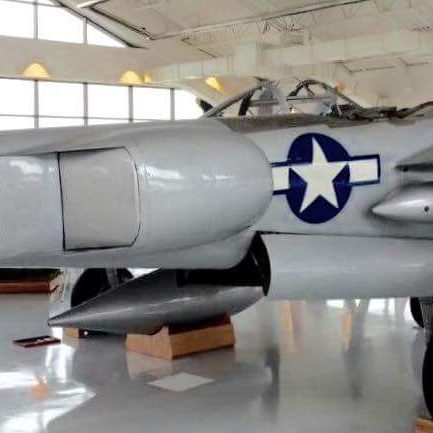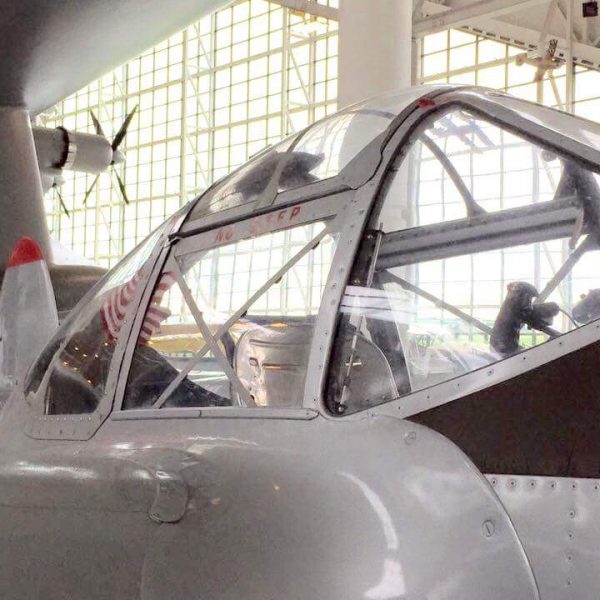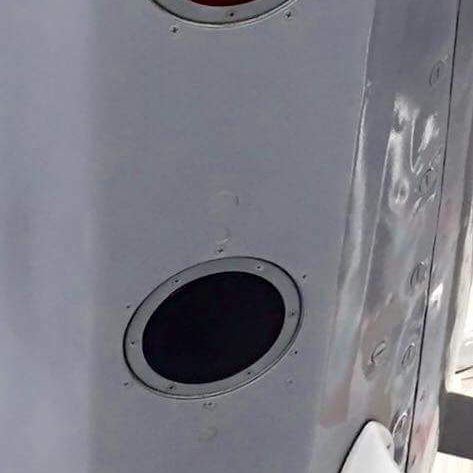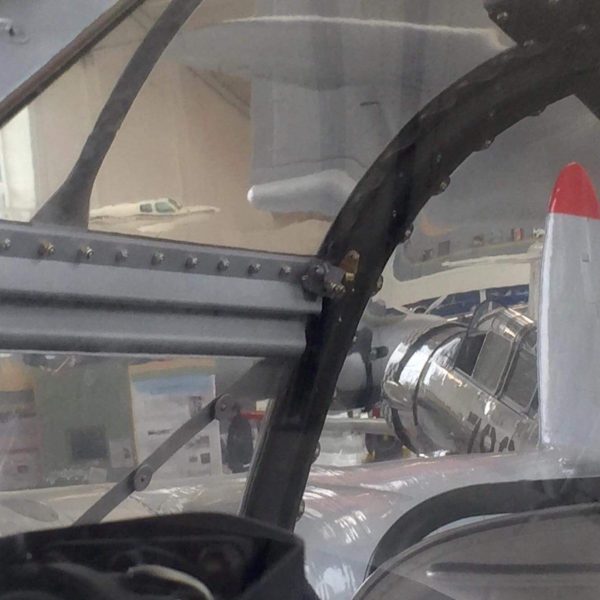Lockheed P-38L Lightning
The U.S. Army Air Corps considered naming the P-38 the “Atlanta” (I have been told this is a myth), but rather adopted the British name “Lightning.” The Luftwaffe pilots nicknamed it “der Gabelschwanz-Teufel” (forked devil, although I have been told that this is also a myth), and Japanese pilots referred to it as “two planes, one pilot” or “devil with double-body.” When it was introduced into service by 1941, the P-38 was innovative for its time, not the least of which for its tricycle landing gear, cockpit located in a central nacelle (cockpit temperature was difficult to control), twin-boom configuration and the ability to achieve speeds in excess of 400 mph. The fact that the primary weapons – including .50 cal. machine guns and a 20 mm cannon – were centrally concentrated in the nose meant there was no issue of convergence sighting of weapons in the wings (it was point-and-shoot). Pylon racks could carry drop tanks or bombs. Powered by supercharged Allison V-1710 engines with counter-rotating propellers to help mitigate torque. The retractable pilot ladder and handle can be seen at the back end on the bottom and top of the central nacelle. Late in World War II, many U.S. aircraft were fitted with AN/APS-13 post-and-loop warning radar on the tail fin. On the P-38 it was attached to the lower section of the starboard fin. This detected aircraft in a narrow arc up to 2,000 ft. behind the pilot. There was an alarm bell and light in the cockpit that were triggered. Unfortunately, below about 4,000 ft. the system tended to give ground reports and the alarms would go off – and of course it could not differentiate friend from foe.

